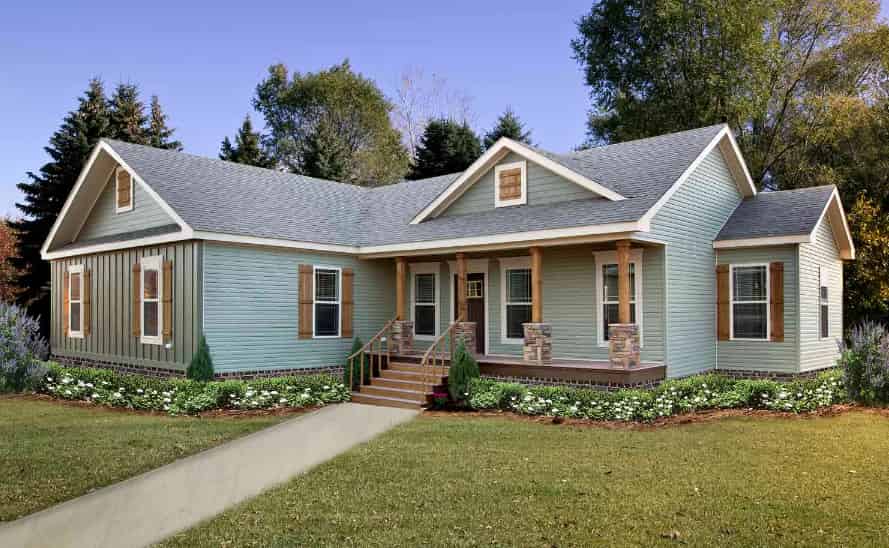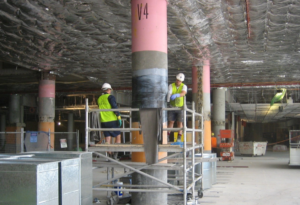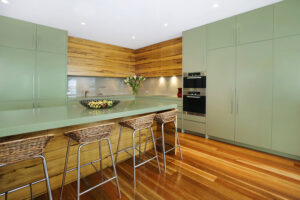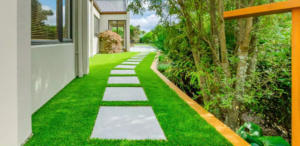Modular housing is rapidly gaining popularity as a cost-effective and sustainable alternative to traditional housing. It’s no surprise that modular housing is revolutionizing home design. This innovative method of construction is breaking the mould of traditional building methods and creating a new way to build beautiful, modern homes.
Modular housing involves constructing homes in factory settings, with pre-fabricated modules that are assembled on-site. This process enables quicker and more efficient construction, reducing the time and costs associated with traditional home building.
Revolutionize home design:
One of the most significant benefits of modular housing is its ability to revolutionize home design. In traditional housing development, the design process can be lengthy and expensive. Architects, engineers, and contractors must work together to create a plan that fits the client’s needs and budget. However, with modular accommodation, the design process is streamlined, as homes are constructed from pre-fabricated modules that can be easily configured to fit the homeowner’s specifications.
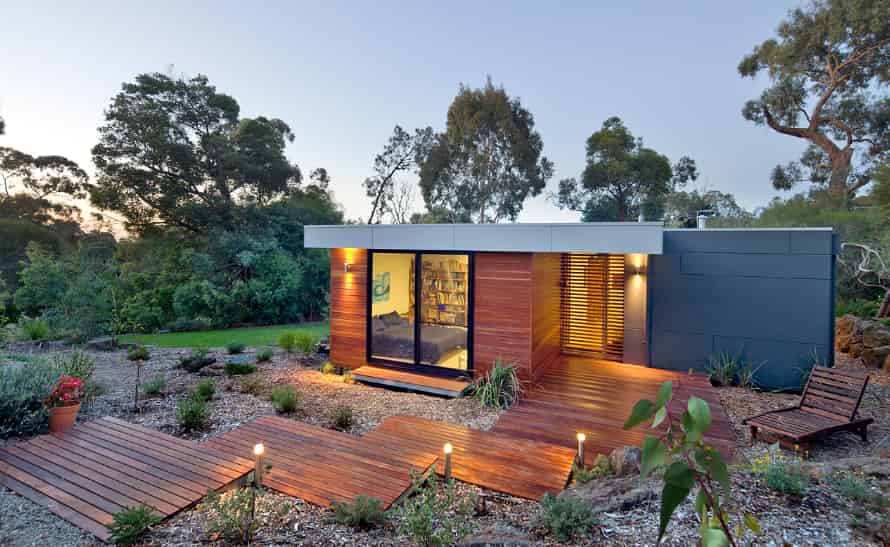
Variety of shapes and sizes
This housing also enables a higher degree of design flexibility than a traditional housing development. The modules used in modular homes can be pre-fabricated in a variety of shapes and sizes, enabling architects to create unique and dynamic home designs. This means that homeowners can customize their homes to fit their individual style and preferences, whether they prefer a contemporary, minimalist design or a more traditional aesthetic.
Environmentally friendly:
Another advantage of modular housing is that it can be used to home build that is more environmentally friendly. The pre-fabrication process used in modular housing reduces waste and enables better control over the use of materials. Additionally, the construction of modular homes requires less on-site labour, which can reduce the environmental impact of the construction process.
Carbon footprint:
Modular housing is also a great option for those who want to reduce their carbon footprint. By building homes that are energy-efficient and environmentally friendly, homeowners can reduce their reliance on fossil fuels and help to reduce their impact on the environment. Additionally, modular homes can be designed to incorporate renewable energy sources, such as solar panels, which can further reduce the carbon footprint of the home.
Conclusion:
Modular housing is revolutionizing home design by breaking the mold of traditional housing development. It enables a more efficient and flexible design process, with customized designs and configurations that meet the needs of individual homeowners. It also has environmental benefits, enabling the construction of homes that are more energy-efficient and environmentally friendly. As modular housing continues to gain popularity, it’s likely that we’ll see even more innovative designs and applications in the years to come.

